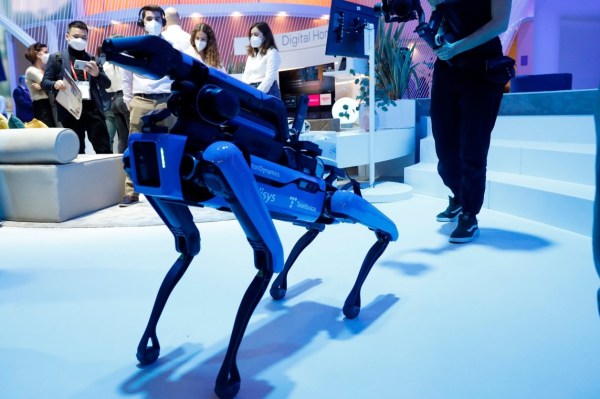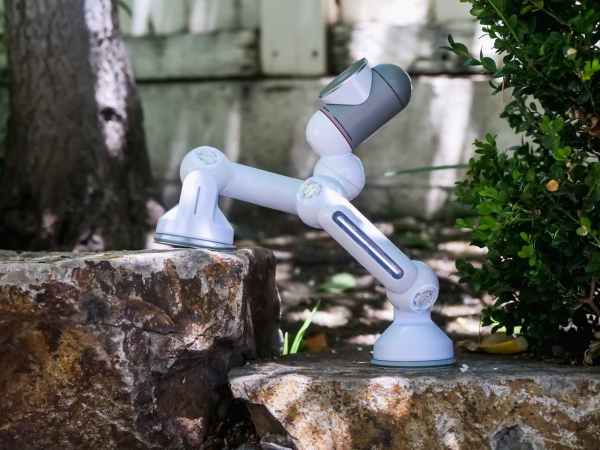Robotics is being used with more and more applications. Industry is one of the sectors that’s given it the warmest welcome, with major innovations geared towards increasing productivity and improving processes. Within this framework, collaborative robots (also known as cobots) are gaining ground by playing an important role in production.
What are collaborative robots?
Collaborative robots are machines that have the ability to operate alongside humans without posing any risks. They take part in processes and tasks with them in a shared space in a safe and efficient manner.
The first non-collaborative industrial robot, which was given the name Unimate, was used in 1961 on a General Motors assembly line in Ewing, New Jersey (USA). This segment has expanded significantly since then, achieving greater prominence in industrial processes. The advent of collaborative robots is changing the rules of the game, relying on true co-existence between machines and humans.
Fifteen years have gone by since the birth of UR5, the first cobot in history
Although the subject of collaborative robots may seem like quite a modern one, this isn’t really the case. UR5, regarded as the first cobot in history, was acquired in December 2008 by Linatex, a Danish-based supplier of rubber and technical plastics. At the time, the idea that these kinds of machines could co-exist in a workspace with human personnel without complying with the isolation regulations that had hitherto applied to them appeared to be a pipe dream.
Now, fifteen years after the above milestone, the collaborative robot segment is riding high and the forecasts are highly promising. Based on the results of a study conducted by Markets and Markets, the cobot market is expected to total over nine billion dollars by 2028. This would be spectacular growth, bearing in mind that the figures for 2022 are just above one billion dollars.
The differences between non-collaborative robots and cobots
One difference between robots and cobots lies in the latter’s ability to work alongside humans without posing any risks. Besides, they don’t seek to replace the worker, but rather collaborate as a helper, in such a way that the cobot can carry out the heaviest or most repetitive tasks.
In addition, traditional industrial robots tend to take up a lot of space, as they need a safe and delimited environment. On the other hand, collaborative robots are more compact and they can be moved around, given that they’re easier to handle.
Another difference, and a major benefit, is that cobots can be programmed to learn different tasks, whereas a non-collaborative robot is designed for a single purpose.
Examples of cobots
A cobot or collaborative robot can be used in large factories, but also in SMEs, thanks to its versatility and flexibility and the ability to cut costs that it provides.
Some use cases of cobots are listed below:
- Assembly lines and product assembly: these types of machines can reduce the presence of human labour in mechanical and repetitive tasks, allowing skilled personnel to devote their time to quality control and other kinds of tests. This improves the well-being of the workers, particularly the older ones.
- Movement of goods: other example of how cobots can be used is the movement of heavy goods inside warehouses or factories and at their final destination, thanks to their compact size.
- Preparation of orders: in the case of e-commerce companies, a cobot can also bring greater efficiency to the process of sorting products, managing inventories, preparing goods and palletising crates, among other tasks.
- Medical applications: the healthcare sector can also find a partner in cobots. For example, in order to access units with contagious patients, sanitise rooms and deliver medicines.









